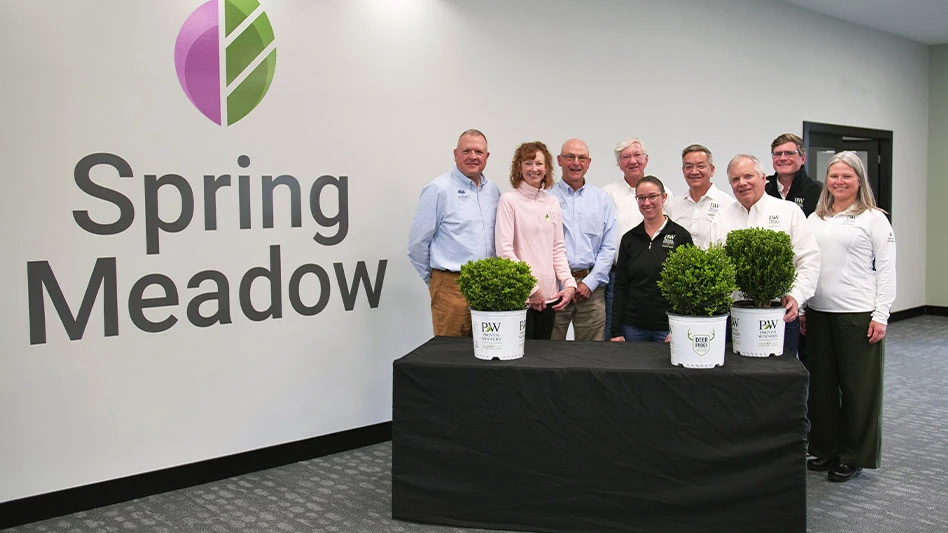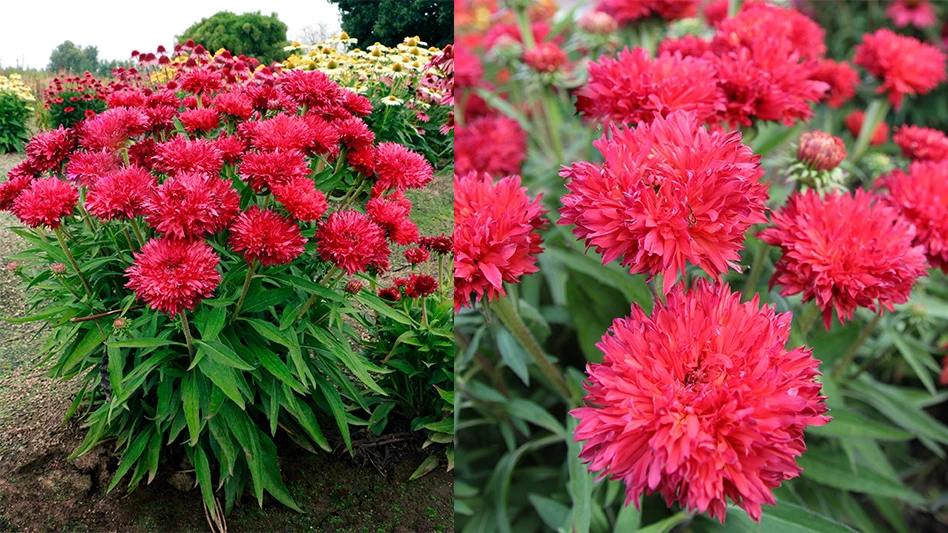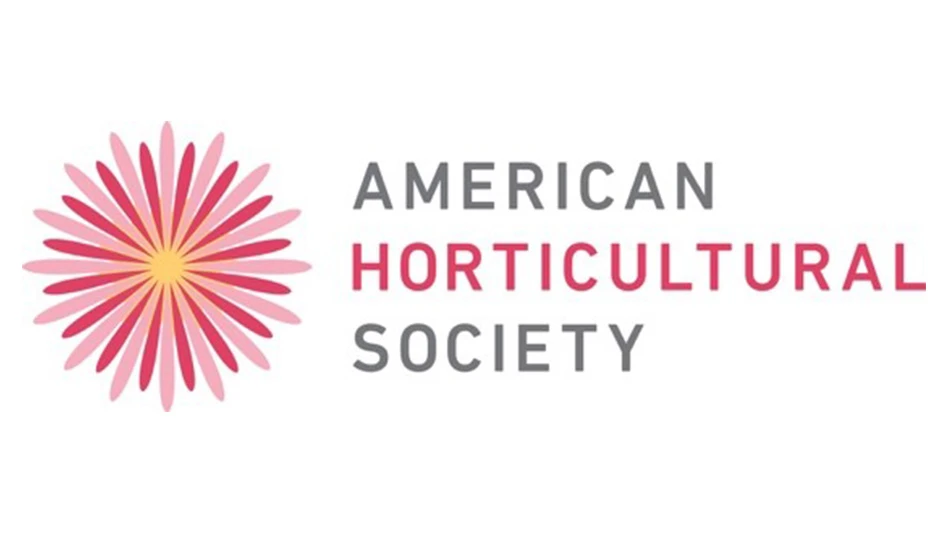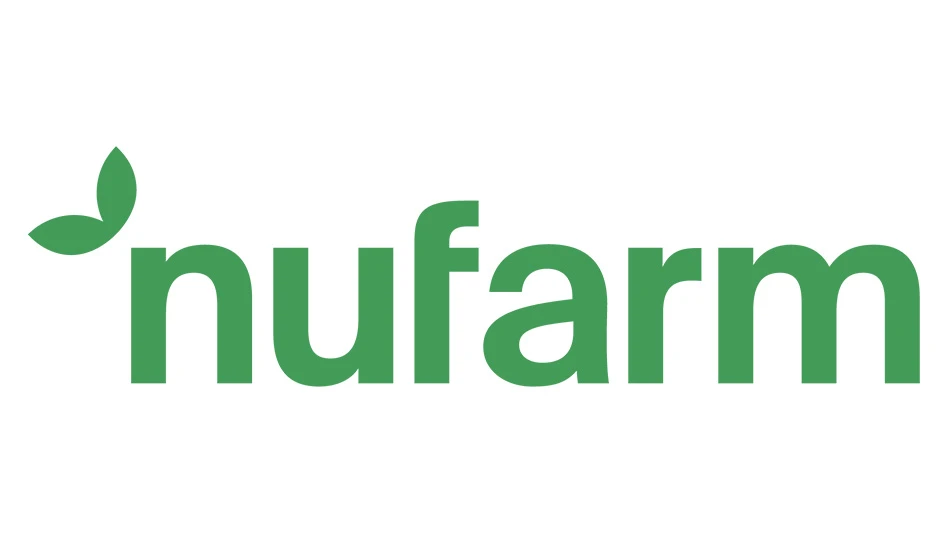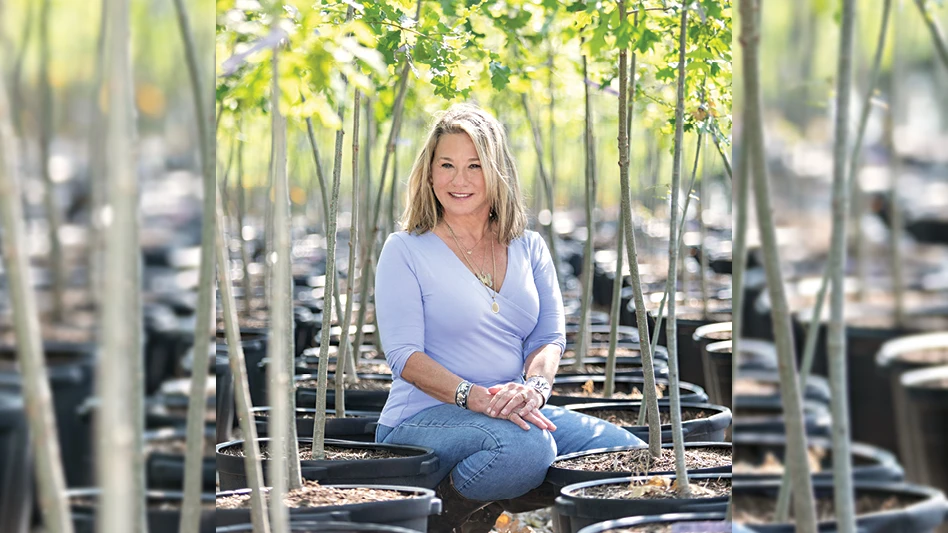Striking shapes, forms and colors have made succulent plants into social-media darlings. Blogs, Pinterest pages and Facebook groups are raving about the architectural beauty of these tough plants. With so many selections out there, it’s hard to choose which specimens should be featured in your store.
Garden Center recently asked Debra Lee Baldwin for some suggestions to help narrow down your purchasing prospects. Baldwin—the author of “Designing with Succulents” and “Succulent Container Gardens”—had these recommendations:
All images courtesy of Debra Lee Baldwin
 5. Echeveria ‘Perle von Nurnberg’ has lavender-pink rosettes that look amazing in container combos. Florists love it, too; it’s the No. 1 succulent for bridal bouquets. Hardy to about 27°F. 5. Echeveria ‘Perle von Nurnberg’ has lavender-pink rosettes that look amazing in container combos. Florists love it, too; it’s the No. 1 succulent for bridal bouquets. Hardy to about 27°F.
11. Sempervivum arachnoideum (cobweb houseleek) wows gardeners with green rosettes tipped with white filaments that web the plants. The hen-and-chicks growth habit makes it perfect for strawberry jars. Hardy to 10 degrees below zero.
|
 More succulent reads
More succulent reads
Award-winning garden photojournalist Debra Lee Baldwin authored “Designing with Succulents” and “Succulent Container Gardens,” both bestsellers. Her own garden near San Diego has been featured in Sunset and Better Homes & Gardens, among other publications. Debra specializes in showing how top designers use architectural, waterwise and easy-care succulents in a wide variety of lovely, creative applications.
Latest from Nursery Management
- The HC Companies, Classic Home & Garden merge as Growscape
- Eason Horticultural Resources will now officially be known as EHR
- BioWorks receives EPA approval for new biological insecticide for thrips, aphids, whiteflies
- Ellen Mackenbach-Lakeman appointed new CEO of Dümmen Orange
- Southern Garden Tour sets 2025 dates for trial garden open houses
- New book explores plants that thrive in Rocky Mountains
- American Floral Endowment establishes Herman Meinders Memorial Tribute
- These companies are utilizing plastic alternatives to reduce horticultural waste
.jpg) 1. Agave victoriae-reginae (Queen Victoria agave) A dark green artichoke-shaped plant with white lines and black tips. It’s hardy to 10° F.
1. Agave victoriae-reginae (Queen Victoria agave) A dark green artichoke-shaped plant with white lines and black tips. It’s hardy to 10° F. 9. Sedum ‘Angelina’ catches eyes with its bright-chartreuse trailing habit. It’s perfect in gardens as a ground cover or in containers as a filler/spiller. ‘Angelina’ turns coppery yellow in full sun. It’s hardy to 30-degrees below zero.
9. Sedum ‘Angelina’ catches eyes with its bright-chartreuse trailing habit. It’s perfect in gardens as a ground cover or in containers as a filler/spiller. ‘Angelina’ turns coppery yellow in full sun. It’s hardy to 30-degrees below zero.